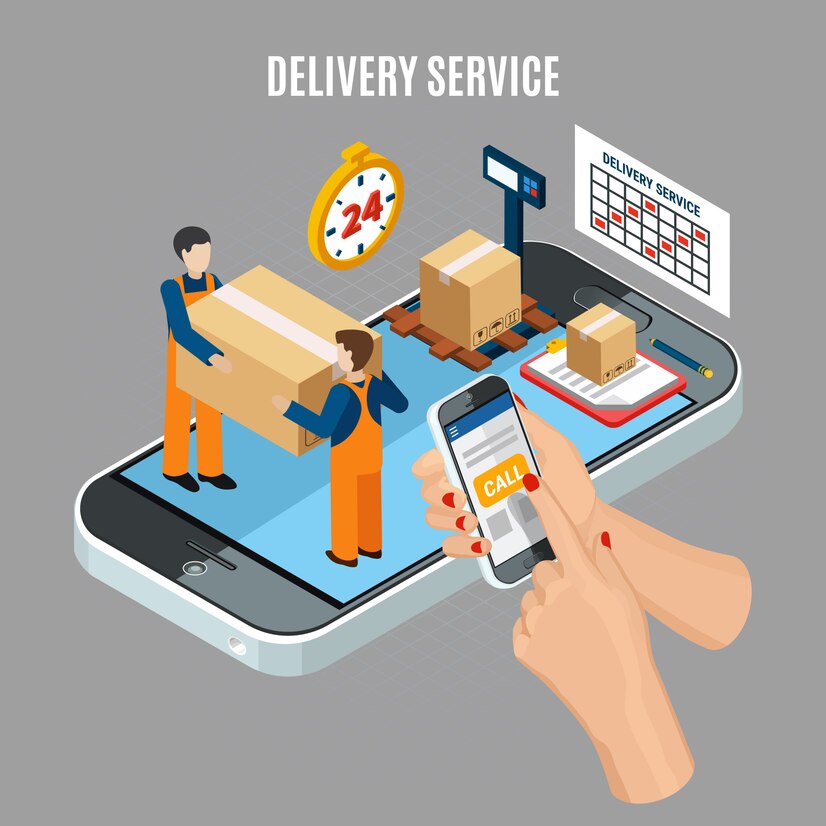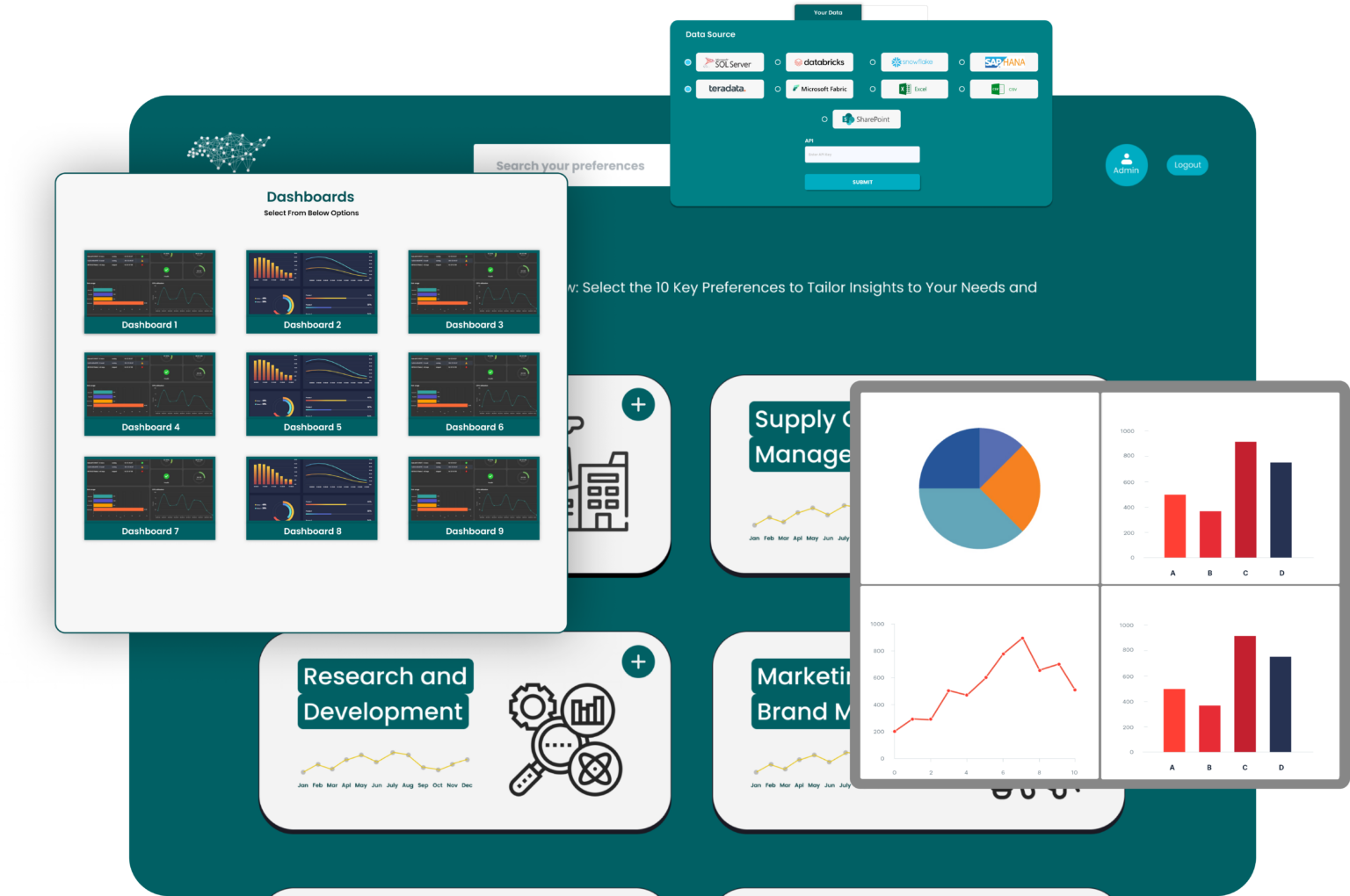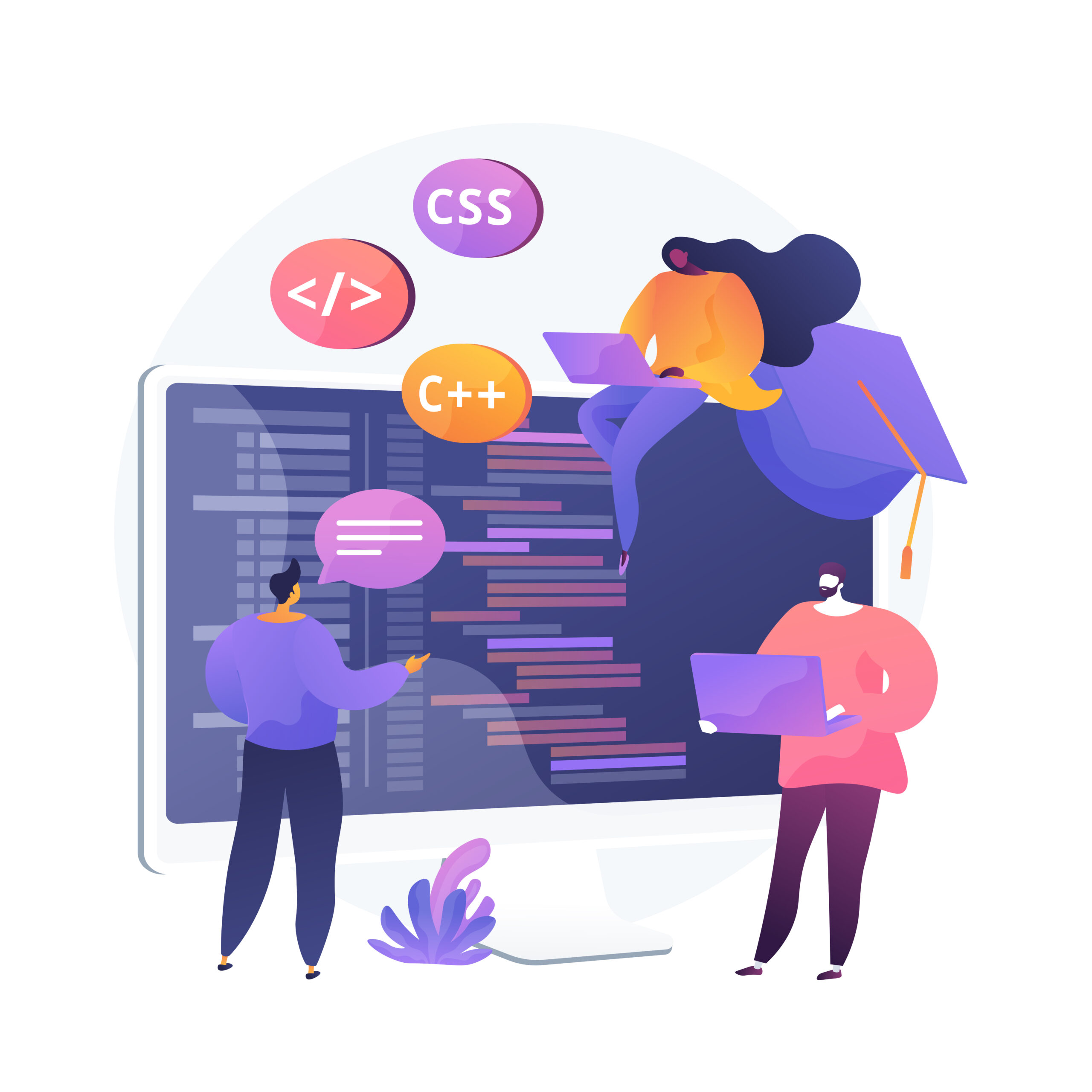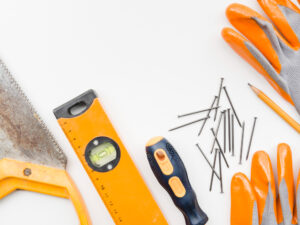How On-Demand Delivery App Development is Revolutionizing the Food Delivery Industry
Convenience rules supreme in the modern world, and customers are increasingly using on-demand delivery services for seamless, dependable, and quick meal delivery. The on-demand food delivery business is flourishing, whether you’re ordering from your favorite restaurant or having groceries delivered right to your door. Central to this growth is the advancement of on-demand delivery app development, which is transforming the way businesses and consumers interact in the food sector.
In this blog, we’ll explore how on-demand delivery app development is revolutionizing the food delivery industry, from streamlining operations to improving customer experience and driving business growth.
The Rise of On-Demand Food Delivery Apps
Apps for meal delivery, such as Grubhub, DoorDash, and Uber Eats, have gained widespread recognition in recent years. With a few touches on their iPhones, they allow clients to purchase food from several different eateries. Several reasons contribute to this convenience, including:
- The growing demand for convenience: consumers want quick and easy access to food without leaving their homes.
- Technological Advancements: Food delivery businesses are now able to function more effectively due to the proliferation of cellphones, GPS monitoring, and mobile payment systems.
- Consumer Behavior: In addition to their convenience, people are depending more and more on meal delivery apps because of their selection and diversity.
The development of on-demand delivery apps has emerged as a crucial element of the food delivery industry’s adaptation to the shift in consumer behavior.
Key Features of On-Demand Food Delivery Apps
Numerous features in on-demand food delivery apps improve the user experience for both consumers and companies. Here are some essential features that are transforming the sector:
1. Real-Time Order Tracking
A major obstacle for meal delivery businesses is making sure that deliveries are made on time. Real-time tracking and GPS integration are features of on-demand food delivery apps that let users trace the movement of their orders from the restaurant to their door. This helps clients feel less anxious and keeps delivery drivers and restaurants on time.
2. Multi-Restaurant Integration
The days of placing orders by calling specific eateries are long gone. With on-demand delivery applications, customers can compare menus, costs, and delivery schedules from several restaurants on one platform. Customers may place orders with only a few taps and find what they want more easily due to this aggregate.
3. Seamless Payment Integration
On-demand delivery apps incorporate a variety of payment options, such as digital wallets, credit cards, and even cash on delivery, to expedite the ordering process. Customers can now pay more easily because they don’t have to manually enter their card information every time they place an order.
4. Customizable User Profiles
Users can save their preferred orders, delivery locations, and payment methods in customizable profiles created by users of many on-demand meal delivery apps. This improves the consumer experience by making addressing easier and quicker.
5. Ratings and Reviews
In the food delivery business, customer input is crucial. Users can assess restaurants, delivery drivers, and the caliber of the meal using the rating and review features found in on-demand apps. This increases openness and helps companies uphold high standards.
How On-Demand Delivery Apps are Improving Customer Experience
Developing apps for on-demand delivery is about improving the user experience, not simply about technology. These apps are changing the way people order food in the following ways:
1. Convenience at Your Fingertips
Food is always just a few clicks away due to on-demand delivery applications. This implies that consumers can use their cell phones to order food for a party, satisfy cravings, or have meals delivered when they are pressed for time. The utmost convenience is offered by the opportunity to order food whenever you want and the ability to plan your orders.
2. Greater Variety and Choice
Numerous eateries and meal alternatives are available in one location using on-demand delivery apps. Customers have a lot of options, so they can easily try new foods, whether they’re dining at a fancy gourmet restaurant or a neighborhood mom-and-pop.
3. Time-Saving Benefits
Customers can save time by not having to drive, park, or wait in line at a restaurant due to the growth of food delivery services. Instead of wasting time traveling, they can have their lunch delivered straight to their house or place of business.
4. Personalization
On-demand apps can provide tailored suggestions by examining user preferences and past purchases. For instance, the app may recommend related meals based on your past behavior if you usually order Japanese or vegetarian food, improving the whole experience.
How On-Demand Delivery Apps are Benefiting Restaurants
On-demand food delivery apps are not only changing the way customers order food but also providing valuable benefits to restaurants.
1. Expanded Customer Reach
Restaurants can expand their customer base by collaborating with on-demand delivery applications. These platforms give businesses access to new markets by attracting clients who might not have otherwise visited the eatery. Additionally, by showing up on well-known meal delivery apps, smaller, neighborhood eateries can now compete with larger companies.
2. Increased Sales and Revenue
Restaurants may boost sales with delivery alternatives without having to recruit more employees or enlarge their physical space. The restaurant concentrates on food preparation while the app manages the logistics, resulting in a more effective and profitable business model.
3. Improved Operational Efficiency
By handling orders more effectively, on-demand food delivery apps help eateries optimize their operations. Real-time tracking, delivery route optimization, and integration with POS systems enable restaurants to process orders more quickly, lowering errors and enhancing service quality.
4. Analytics and Insights
Food delivery apps provide valuable data and insights that help restaurants make informed decisions. For example, by analyzing customer behavior and order patterns, restaurants can adjust their menu, pricing, and promotional strategies to increase customer loyalty and boost sales.
Challenges in On-Demand Food Delivery App Development
While on-demand delivery app development offers numerous benefits, there are a few challenges to consider:
- High Competition: With major players like Uber Eats and DoorDash dominating the market, new entrants must differentiate themselves by offering unique features or specialized services.
- Logistics and Delivery Management: Ensuring timely and efficient deliveries is crucial, as late deliveries can lead to customer dissatisfaction. This requires robust logistics management and real-time tracking.
- Cost of Development: Developing a fully functional, feature-rich delivery app requires significant investment in technology, development, and marketing, which may be challenging for small businesses.
The Future of On-Demand Food Delivery Apps
On-demand delivery applications will continue to be crucial in determining the direction of the fast-changing food delivery sector. More features like drone deliveries, AI-powered suggestions, and automated delivery procedures are anticipated as technology develops; these will all improve the effectiveness of food delivery businesses.
Adopting technology and responding to customer needs for convenience, variety, and individualized service is essential for restaurants and food enterprises to remain competitive.
Conclusion
The introduction of on-demand delivery apps is transforming the food delivery sector by increasing consumer satisfaction and convenience and offering useful resources to help eateries grow and streamline their business processes. Businesses that invest in cutting-edge and intuitive delivery apps will prosper in a more competitive environment as the industry expands.
Visit:














Post Comment